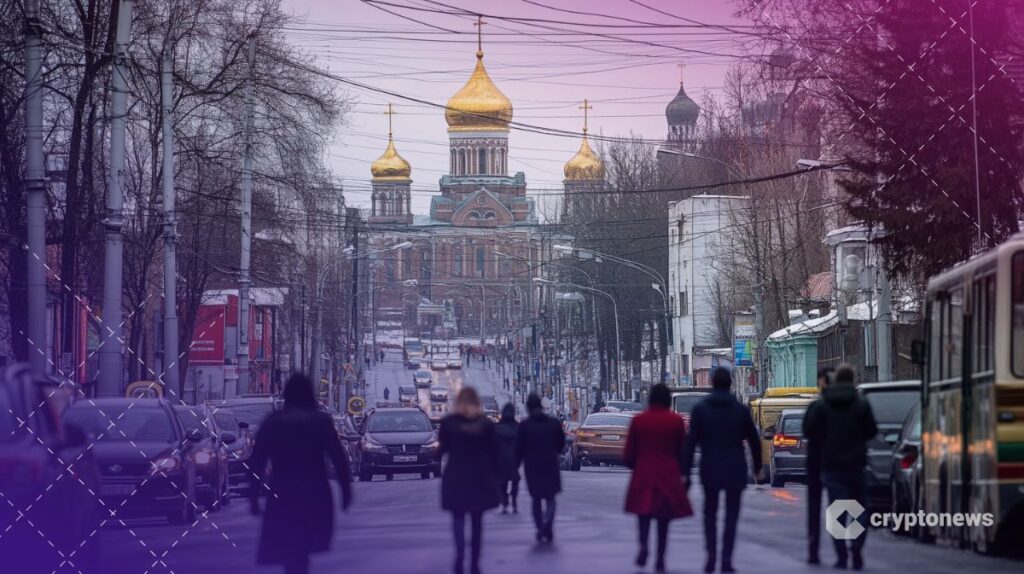Russia is facing a growing need to develop its own stablecoins, according to a senior finance official. The recent freezing of USDT wallets linked to the country has highlighted the risks of relying on foreign-issued tokens for digital transactions.
Osman Kabaloev, deputy head of the Financial Policy Department at the Finance Ministry, emphasized the importance of creating domestic alternatives to popular stablecoins like USDT. He suggested that Russia should explore the possibility of developing internal tools that are pegged to other currencies.
The decision to pursue local stablecoin options comes in the wake of Tether’s freeze of wallets on Russian crypto exchange Garantex, which held a significant amount of the stablecoin. This move was prompted by new European Union sanctions and forced Garantex to suspend operations in March.
Stablecoins play a crucial role in supporting crypto trading and cross-border transfers due to their stability and low volatility. In regions facing financial restrictions or sanctions, these digital assets are particularly valuable. In Russia, USDT has become a popular choice for international transactions, especially as access to global payment systems has become more restricted under Western sanctions.
While regulators in Moscow have allowed limited experimental use of cryptocurrencies for cross-border payments, domestic use of digital assets remains restricted. The push to develop homegrown stablecoins reflects concerns over the reliance on foreign-controlled tokens. Tether has stated its compliance with international regulatory requirements, including sanctions enforcement, leading to similar wallet freezes in other regions.
Overall, the call for Russia to build its own stablecoins underscores the need for greater independence and control over digital assets in the face of geopolitical challenges. By developing domestic alternatives to foreign-issued tokens, the country can enhance its resilience and security in the ever-evolving landscape of digital finance.

